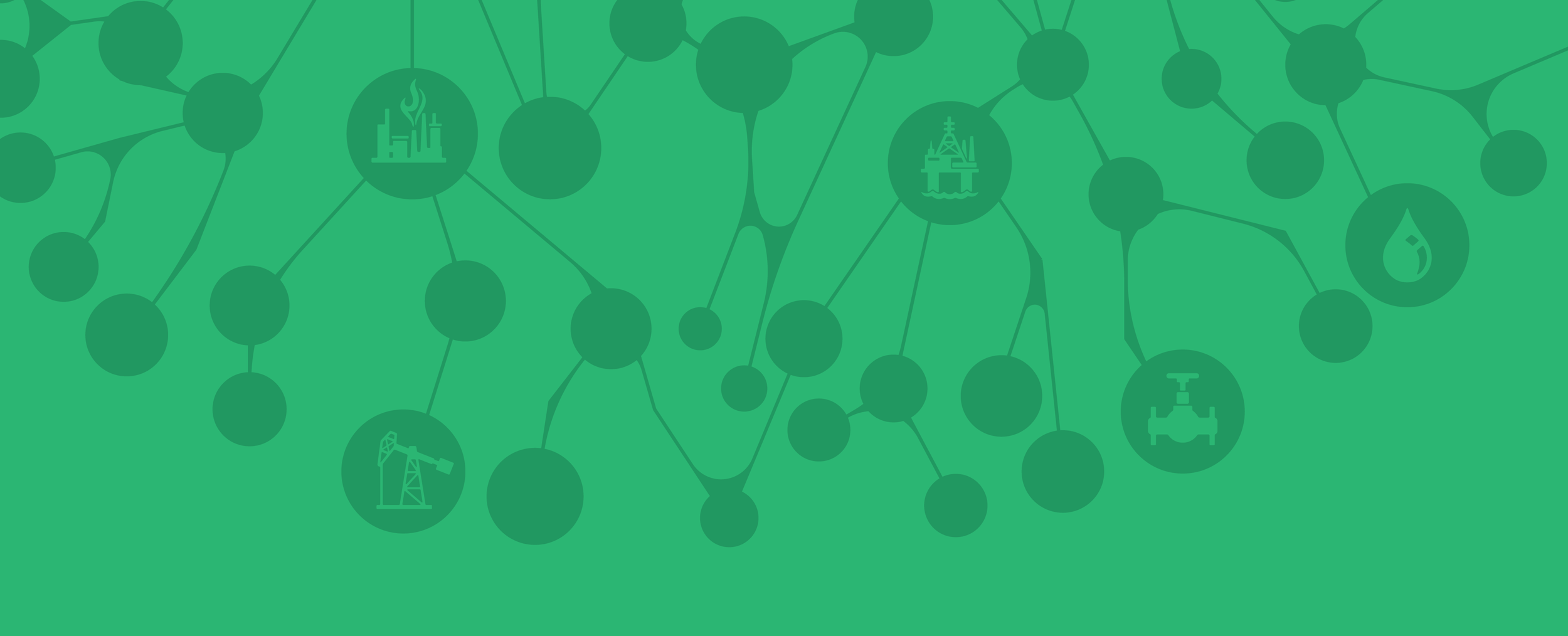
Are You Ready to Fuel Your Mind?
GATE Energy was founded with the mission of doing things right the first time. This simple yet powerful mission drove us to build processes and systems that have allowed us to hire, train, and develop graduate engineers into industry recognized subject matter experts and thought leaders.
Our Technical Blog Gives You Access To:
On-demand training videos developed by our industry experts
Easy-to-use simulation tools that will provide an 80-20 solution for typical production monitoring and optimization workflows
Technical articles and abstracts centered around energy industry knowledge and lessons learned
We want to do our part and make sure that new decision makers have the right tools, guidance, mentors, and coaches to help them make the right decision the first time, every time.
A Simplified, Yet Rigorous Approach to Root Cause Analysis
We have many options for conducting root cause analyses (RCA) including TapRooT™ and CAST/STPA. The method described here is the method developed by GATE to simplify the analysis while maintaining adequate rigor.
HAZOP Risk Assessment via the RRR Matrix
The GATE approach to risk ranking makes risk assessment easier, more accurate and more repeatable by incorporating LOPA insights into the risk matrix approach.
Combining Stream-Based HAZOPs, LOPAs & STPAs into an All-In-One Assessment
HAZOP is the most commonly applied process hazard analysis (PHA) methodology in the processing industries. It is also the most flawed!
Changing the Way We Do Risk Assessment in HAZIDs and HAZOPs
Making Risk Assessment Better, Less Ambiguous and Repeatable - And more Actionable
Online Course: The Stream-Based HAZOP Method
This online course teaches the Stream-Based HAZOP method. The method is more effective, requires much less session time (though significantly more prework) and is much less repetitive and hence, is far less tedious for the participants.
Complexity Part 2: Solutions To Project Complexity
In Part 1 of this GATEKEEPER series on complexity, we identified 8 key sources of project and project team complexity. In Part 2, we discuss what can be done about them.
Complexity Part 1: A Cause Of Project Failure
A project consists of two interacting networks; one CPS (the kit) and one CAS (the human organization). We should expect some surprises (emergence) from the interaction of these two complex systems.
PWV Barrier Leak Test Acceptance Criteria Calculations
This GATEKEEPER discusses an effective subsea tree PWV (USV) leak test method. The test can be done quickly – entire test time is about 15 minutes, including the 5 minute monitoring time.
What’s Wrong With HAZOPs & What We Can Do About It
A HAZOP is a team-based process hazard analysis (PHA) method. Its purpose is to identify hazards and operability issues in a process design.
Introduction To Layer Of Protection Analysis (LOPA)
LOPA provides a consistent basis for judging whether there are sufficient independent protection layers against hazardous events to achieve the risk reduction required to achieve such an explicit target.
Control Systems Part 2: Introduction To System Dynamics - Tuning Controllers For Initial Startup
This is part two of the GATEKEEPER series on control systems tuning. To effectively tune a control loop, there needs to be an understanding about the dynamics of the system.
Control Systems Part 1: Introduction To Control Systems & Controllers
This series of GATEKEEPERS will provide methods for using readily available process design data for determining effective tuning parameters before startup.
Slugging Management
Proper sizing of the flowlines and risers coupled with optimal choking and gas-lift will greatly reduce the risk of slugging and help in efficient management of slugs throughout the life of the field.
Human Error In Procedure Following
Studies suggest that humans conducting simple, mundane tasks make an error roughly 1% of the time. Error rates for complex tasks are much higher. Some procedures are more error-prone than others. It is incumbent upon us to write procedures that are not only accurate, but that are likely to be implemented without error.
Axial Mixing In Pipe Displacement
It is frequently necessary to displace the contents of a pipeline or umbilical tube (fluid B) with another fluid (fluid A). If we don’t use a pig to separate the liquids, there will be mixing at the interface (axial mixing). The mixing zone requires us to overflush the line to effectively remove fluid B from the line.
Asphaltenes: Deposition & Testing Technical Articles
Asphaltenes are large, complex organic components present in the oil phase, along with resins, aromatic hydrocarbons, and alkanes (saturated hydrocarbons). Resins play an important role in stabilizing asphaltenes in crude oil. When the resins get destabilized, (under unfavorable pressure-temperature conditions) asphaltenes can agglomerate and deposit.
Water Soluble Organics: Definitions & Removal Methods
These work effectively on dispersed, O&G; however, these systems do not effectively remove water soluble organics (WSOs). Where WSOs exist in concentrations greater than 29 mg/l, conventional produced water treating systems cannot achieve GoM overboard discharge limits.
Methanol In Produced Water Discharge
Methanol (MeOH) is widely used in multiple applications in the offshore oil and gas industry.
Hydrates: Prediction, Mitigation & Remediation Techniques
In subsea oil production systems, hydrate mitigation methods during steady state operation are almost always based around heat conservation.
MEG Regeneration System: Iron Scale
Iron solid formation in the MEG regeneration system has been a recurring issue in wet gas pipeline systems.




